This total solar eclipse in 1980 was photographed from Palem, India.
Click on image for full size
High Altitude Observatory and Rhodes College
High Altitude Observatory
Scientists at the
High Altitude Observatory (HAO) try to learn about the changes we see in the
Sun over time. They also study how it affects the atmosphere of the
Earth. There are four main areas of study at HAO.
Some people try to learn about the inside of the Sun, and how it changes over time. They collect facts about the Sun, and try to learn about the basic things that affect it.
Others focus on the magnetic parts of the Sun and the events we see near the surface. This connects the study of the inside with the changes in the hot gas above the surface.
Another group builds tools to look at the atmosphere
of the Sun, and try to learn about the changes we see over hours and years. Light and gas move out from the Sun, sometimes in sudden bursts.
As this light and gas reaches the Earth, others study the impact of the Sun's output on the atmosphere of our planet. This helps us protect astronauts, and teaches us how the Sun affects our climate.
You might also be interested in:
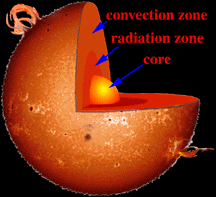
To understand how our Sun works, it helps to imagine that the inside of the Sun is made up of different layers, one inside the other. The center of the Sun is called the core. It is the region where the
...more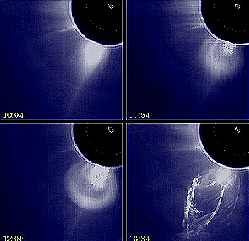
The Sun is not a quiet place, but one that exhibits sudden releases of energy. One of the most frequently observed events are solar flares: sudden, localized, transient increases in brightness that occur
...more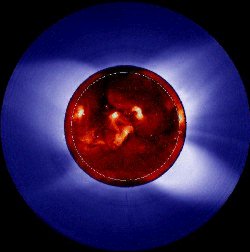
The visible solar atmosphere consists of three regions: the photosphere, the chromosphere, and the solar corona. Most of the visible (white) light comes from the photosphere, this is the part of the Sun
...more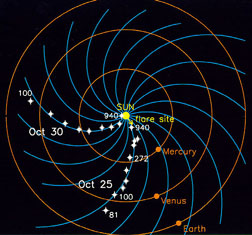
The Sun acts like it has a big magnet in the middle of it. We call this the Sun's magnetic field. The Sun's magnetic field has a fancier name, the Interplanetary Magnetic Field (IMF). This just means that
...more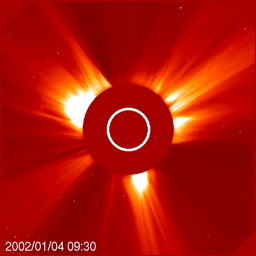
Have you ever seen an explosion before? Maybe you've seen a volcano explode on t.v. Or maybe you've seen a potato explode in the microwave because your mom forgot to poke holes in it. Well, explosions
...more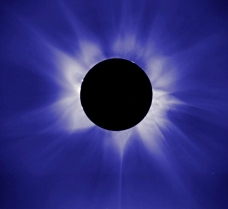
Scientists at the High Altitude Observatory (HAO) try to learn about the changes we see in the Sun over time. They also study how it affects the atmosphere of the Earth. There are four main areas of study
...more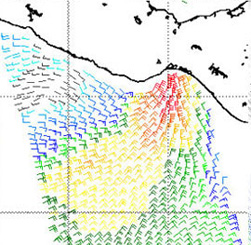
The Sun affects many things on Earth. One of the main things the Sun does is warm our planet, including the atmosphere. This energy drives much of Earth's weather. The solar cycle is the rise and fall
...more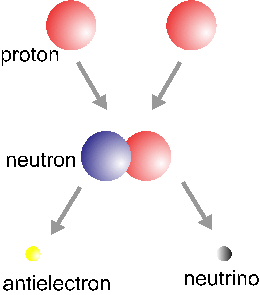
In the basic Hydrogen fusion cycle, four Hydrogen nuclei come together to make a Helium nucleus. This is the simple version of the story. There are actually electrons, neutrinos and photons involved in
...more














